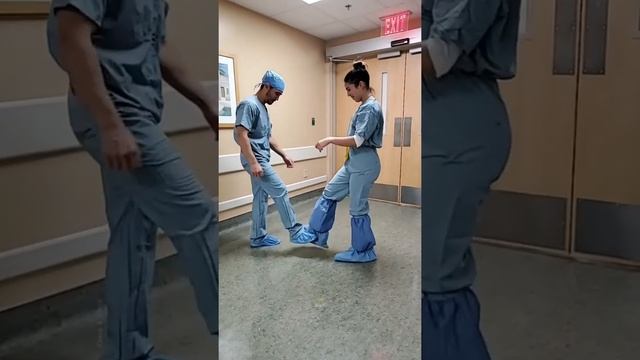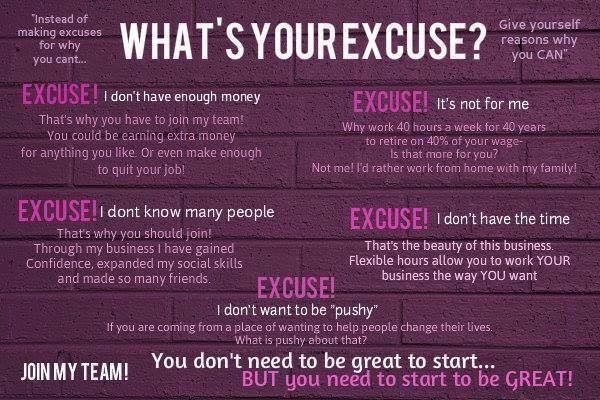How does dancing relieve stress
3 Ways Dancing Relieves Stress
There is a reason why Kevin Bacon slides, jumps and chassés across an empty warehouse. To relieve his teenage drama and stress! All of his classmates, getting the chance to dance for the first time at their prom, looked more like freed prisoners than teenagers filled with angst. Why? They were relieving their stress through dancing!
What is it about dancing that makes us all feel so free and relieved of our everyday stresses?
1. When the body feels good, the mind does, too!
The scientific reason for why dance has the ability to act as a stress reliever stems from the idea that when the body feels good, the mind does, too. Any type of physical activity releases neurotransmitters and endorphins which serve to alleviate stress. Neurotransmitters are chemicals within the brain that help communicate messages throughout the body. Endorphins are the body’s natural painkiller to reduce stress and improve the mind’s perception of the world. Thus, after a good workout the endorphins cause the body to feel calm and optimistic. The endorphins also aid in improving the quality of sleep, so that a few sleepless nights due to stress can be avoided after dancing!
2. Dance offers a creative outlet for people to express their personalities in a safe environment
Your work environment isn’t always to best place to express who you really are. More often than not, you need to be a more buttoned up version of yourself and hide much of your inner self. Dancing offers an outlet for people to express who they are––through music, movement or even costumes! Dancing helps you connect to who you really are. Leave that suit or pencil skirt at the office and trade it in for sparkles and spandex!
From weight loss, to increased flexibility, stronger bones and building muscle tone, dancing is a total body workout.
Dancing can be a way to stay fit for people of all ages, shapes and sizes. It has a wide range of physical and mental benefits including:
- Improved condition of your heart and lungs
- Increased muscular strength, endurance and motor fitness
- Increased aerobic fitness
- Improved muscle tone and strength
- Weight management
- Stronger bones and reduced risk of osteoporosis
- Better coordination, agility and flexibility
- Improved balance and spatial awareness
- Increased physical confidence
- Improved mental functioning
- Improved general and psychological well being
- Greater self-confidence and self-esteem
- Better social skills.

And nothing makes you feel less stressed than when you know you’re doing great things for your physical and mental health.
It’s well know today that stress is a silent killer and causes things from inflammation in the heart to psychological distress. But you can avoid these terrible effects by taking simple measures like, well, dancing! So, take a lesson from the Footloose gang and when in doubt, dance it out!
How Dancing Help to Relieve Stress
Stress Management
Last Update on July 19, 2021 : Published on December 25, 2020
Dancing is so much more than moving your feet to that rhythm and swaying to the music. It is more than just moving your hips and waving your hands. Dancing is a way to express yourself not only to others but to yourself as well.
By “dancing it out” you’re not only releasing your frustrations and anger but you’re also releasing the stress and worries with every move you do.
“Dancing is surely the most basic and relevant of all forms of expression. Nothing else can so effectively give outward form to an inner experience.” – Lyall Watson
Dancing helps you stay not only physically fit and healthy, it also keeps your mental and emotional health strong. By dancing your worries away, you are not only relieving the tension in your body and mind but you also gain self-esteem, confidence, and a way to express yourself – emotionally.
If you’re not a fan of traditional physical exercises, like me, then you’ll find dancing an amazing and effective alternative to those exercises. But why dancing? It is an activity that works just like any other physical activity would. When we dance, our brain releases endorphins, the happy hormones, that help in reducing stress and makes us feel calm, relaxed, and happy.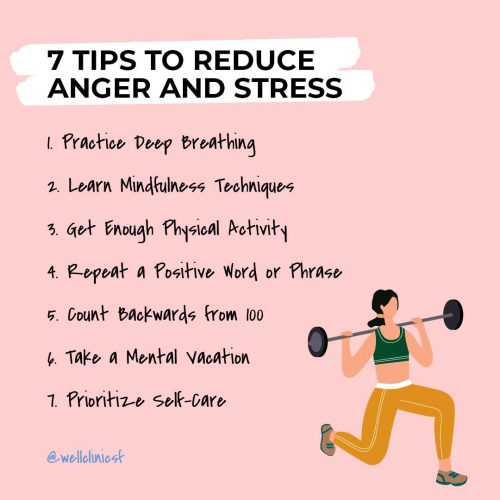
For many people dancing is just a hobby. Something they do when they want to unwind. But have you noticed that these people, over time, become happier and relaxed after they dance? This habit of engaging in regular activity can be good for your physical and mental health.
1. Improves Mood & Focus
Dancing regularly can help you enhance your mood and improve your concentration skills. When we dance, our body releases endorphins, which help us feel happy, enhance our pleasure, and reduce pain.
Endorphins are our body’s natural painkillers that help reduce stress and improve our focus. After a good workout, our body feels calm and relaxed – all thanks to endorphins. And who’s to say that dancing isn’t a workout.
2. Provides A Creative Outlet
Too much stress – at work or at home – can make us feel trapped in our bodies. More often than not, this can either lead us to snap at our loved ones or shut ourselves from feeling emotions.
Dancing offers a creative and emotional outlet to help people express themselves without causing harm to themselves or others. With the help of the right music and movement, you can display your emotions in an artistic and productive way.
3. Soothes Muscle & Joint Aches
When our body feels good, our mind feels good too. Any or all forms of dancing from ballet to Kathak help in strengthening and soothing muscle and joint aches in the body.
Stiffness can cause pain and it can be caused by sitting for long periods of time. People who exercise regularly and even athletes can experience stiff muscles. Dancing helps in relieving those aches and pains while also regaining muscle strength and flexibility.
4. Improves Physical Health
From weight loss to building muscles, dancing can help improve physical health. Like mentioned before, dancing is a workout that can help people stay fit and healthy mentally and physically. This activity is helpful for people of all ages. Dancing can also help:
Dancing can also help:
- Improve heart and lung health
- Increase stamina
- Improve balance and coordination
- Improve self-confidence and increase self-esteem
- Improve mental strength and performance
5. Improves Social Skills
Hanging out with friends and people with like-minded ideas can help increase your emotional health and reduce the levels of cortisol, the stress hormone. Friends, especially, are proven to improve your overall well-being, boost your mood, and reduce stress.
What sounds much better; dancing alone or dancing with your friends? For me, dancing with my friends makes me feel much better and relaxed than dancing alone does.
6. Helps To Unwind
Dancing puts you in a meditative state that can actually feel relaxing and calming than meditating while sitting still. If you’re a person who doesn’t like to sit still for meditation, dancing is a wonderful alternative for you. When you’re dancing, all your focus is on your breathing, movements, and performance.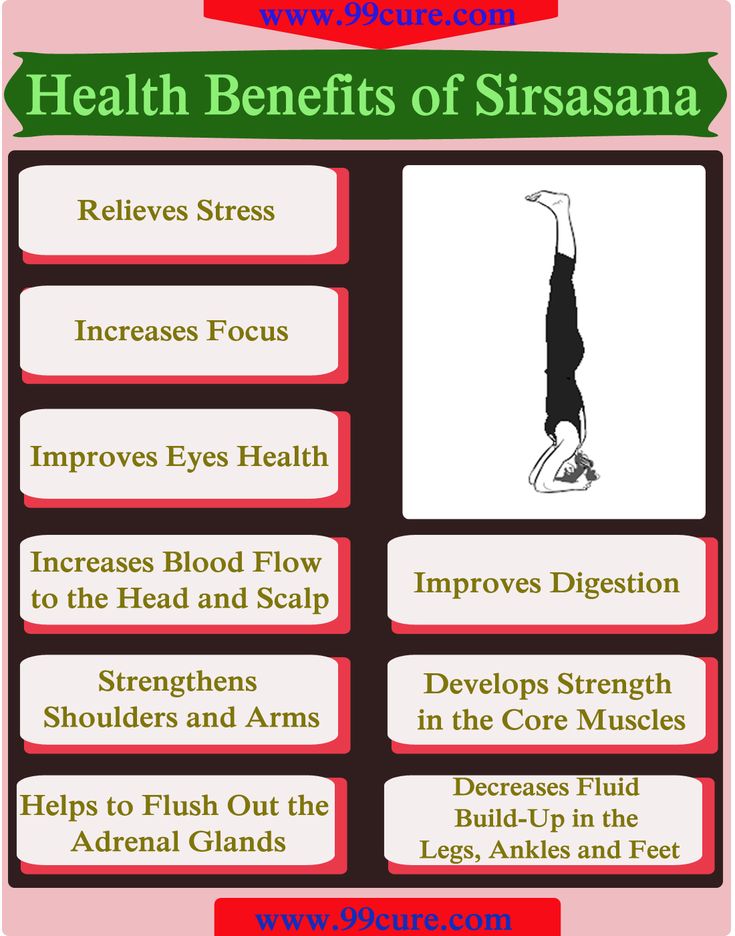
This process can help you unwind after a rough day. And if you’re dancing with your partner, all the good! What better way to feel connected with your partner and at the same time relax than swaying to the music?
Final Words
Dancing is an activity that requires a person to fully immerse themselves in their movements and music at the moment. Engaging in activities that make you feel happy can help you not only reduce stress, anxiety, and worries but can also provide you with an outlet to express your emotions and feelings in an artistic and productive way.
There are times when life can become overwhelming and stressful making you look for an escape from it all. Some people choose to meditate, some choose to go to the gym, and some people choose to dance. Dancing releases endorphins that can help you feel pleasure and happiness. Dance is a language that helps people express their emotions and get in touch with themselves.
Not only it improves self-esteem and self-confidence, but it also helps in improving the self-image and self-worth of a person.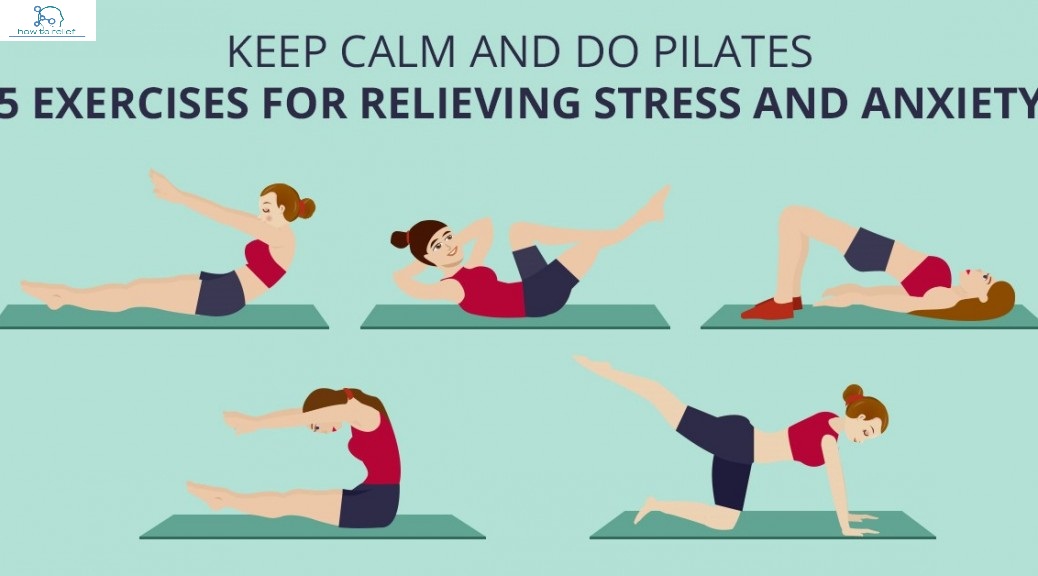 So next time you feel stressed, close your eyes and let those muscles loose while swaying away with the music.
So next time you feel stressed, close your eyes and let those muscles loose while swaying away with the music.
“Dance, when you’re broken open. Dance, if you’ve torn the bandage off. Dance in the middle of the fighting. Dance in your blood. Dance when you’re perfectly free.” – Rumi
When in doubt, dance it out!
6 reasons why dancing is good for health
Redaguwati translation
August 03, 2019, 10:37
Fitness instructors advise dancing anytime, anywhere.
There are many ways to lose weight, but dancing helps you do it to your favorite music. Just imagine how nice it is to say goodbye to extra pounds to the sounds of incendiary swing or calm soul. You can practice your favorite dances, keep your figure in good shape and lose weight. But if these reasons are not enough for you to go to a dance studio, then we have prepared for you 6 more reasons why you should dance.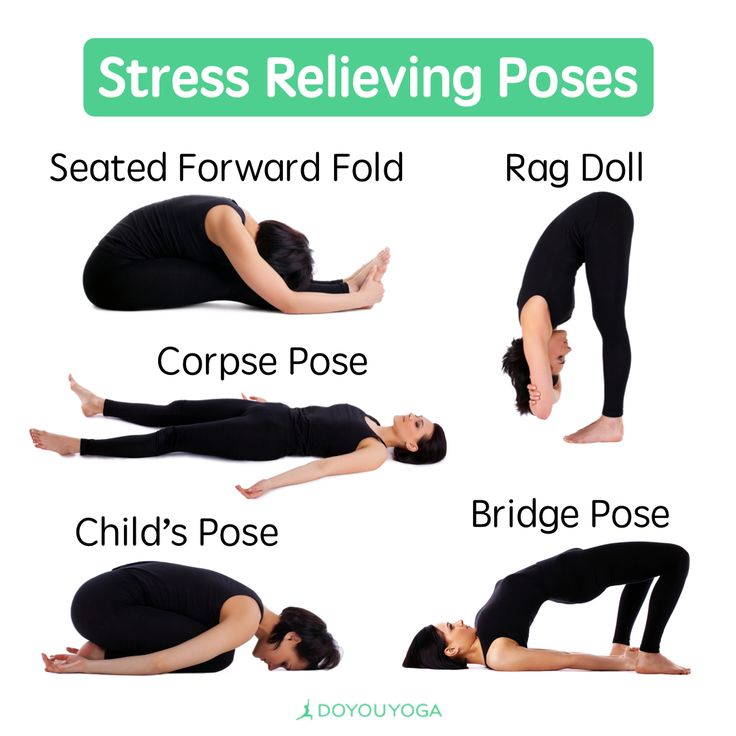
Reason #1. Slimming
Dancing is a great cardiovascular exercise that also burns tons of calories. "What dance is the most effective in the fight against excess weight?" you ask, but to answer this question is not so easy. There are many factors to consider. Your starting weight and your diet will influence how much work you need to do to achieve what's called a calorie deficit—that is, how much exercise you have to do to burn more calories than you take in from food.
Read also: 5 MYTHS ABOUT WEIGHT LOSS YOU SHOULD NOT BELIEVE
But the most effective dances are: waltz, tango, rumba, foxtrot, cha-cha-cha and paso doble. So you can start learning the steps of these dances right now.
Reason #2. Muscle Sculpting
As you'd expect, both ballroom and Latin dances keep your muscles toned. Most dances work the muscles in the thighs, buttocks, hamstrings, and back. A pumped-up ass will be just in time for the summer season!
Reason #3.
 Improve motor skills, coordination and balance
Improve motor skills, coordination and balance Good coordination and balance is what every girl needs. Dancing strengthens this ability. After a while, you will even find that the dizziness decreases when you practice dancing.
Dancing is also a great way to improve your motor skills - it's a movement involving hands, fingers, legs and toes that isn't always the focus of other types of exercise. Dancing classes can even teach you how to fall safely to avoid injury.
Reason #4. Joint Support
Studies have shown that dancers have fewer joint-related injuries than athletes, especially in the knee area. This may be because dancing strengthens the joints without overworking them. Many sports, such as running, golf, or tennis, require repeating the same action over and over again by putting pressure on the same joint.
Read also: WHO TO SUBSCRIBE TO: 5 INSTA-ACCOUNTS FOR ADDITIONAL MOTIVATION IN SPORTS
Reason #5. Mood Improvement
Dancing is a way to express yourself and is connected to the emotional centers of your brain.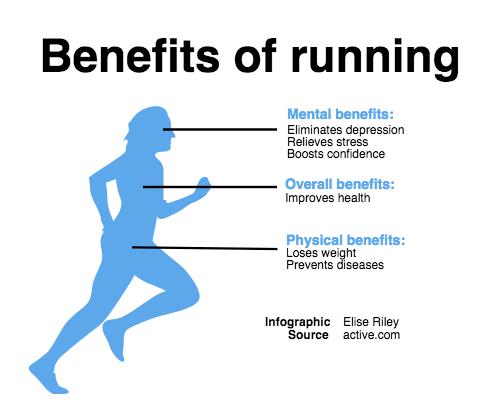 The fact that you tend to dance to the music you like also contributes to this. Because it elicits a strong emotional response, research shows that dancing often releases more "happiness hormones" like endorphins and serotonin.
The fact that you tend to dance to the music you like also contributes to this. Because it elicits a strong emotional response, research shows that dancing often releases more "happiness hormones" like endorphins and serotonin.
Reason #6. Stress Relief
Dancing not only releases endorphins, it also suppresses cortisol, the hormone responsible for stress. While some exercises can sometimes turn into boring routines, dancing is always something new and positive. Is there a better way to deal with stress?
Photo: unsplash.com
#sports#health#dance#weight loss
Related articles
Read also
There are shortcuts to happiness, and dance is one of them. (Vicki Baum)
Since ancient times, dance has been a means of expressing feelings. In wild tribes, to this day, ritual dances accompany the main events of a person's life - the birth of a child, marriage and death, as well as recovery. Many nations recognize the miraculous power of dance, which helps to gain new strength or relax. For many people, the opportunity to dance is an opportunity to relieve stress, relax, recharge and cheer up.
For many people, the opportunity to dance is an opportunity to relieve stress, relax, recharge and cheer up.
I propose to consider the effect of dance on health more carefully and consistently ...
Modern research scientists talk about the healing effect of dance for the body and psyche. Today it is known that dancing relieves stress and helps with the initial stage of hypertension (it occurs as a reaction of the body to stress). It has long been observed that people who dance professionally live longer and maintain clarity of mind. At the same time, according to the research of doctors, each dance has its own medical “specialization”.
Latin dances (rumba, cha-cha-cha, salsa)
Since the pelvis and hips are involved in the dance, this is a training of the hip joints, the prevention of diseases of the lumbar spine. Classes improve the blood supply to the pelvic organs. This type of dance is recommended for reproductive problems and sexual disorders.
Waltz
The dance requires a perfectly straight back. Classes strengthen the muscles of the back and legs, train the vestibular apparatus, unload the nervous system. Suitable for patients with osteochondrosis and spinal hernia, for middle-aged and elderly people.
impromptu dance
Dances in which people move improvised, under the influence of inspiration, to the beat of the music. Perfectly help to cope with the accumulated internal stress. Intuitively relax the centers of accumulated neuropsychic and muscular tension in the body, mentally and physically liberate and renew. An excellent method of dance therapy for people whose lives are filled with responsibility and control.
Improvised dances are always optimally dosed physical activity (a person never dances “through I don’t want to”), and a definite plus is that most people intuitively move correctly, unloading “squeezed” zones and evenly distributing stress throughout the body. It is important to add that physical movements improve the functions of the digestive, respiratory and circulatory systems.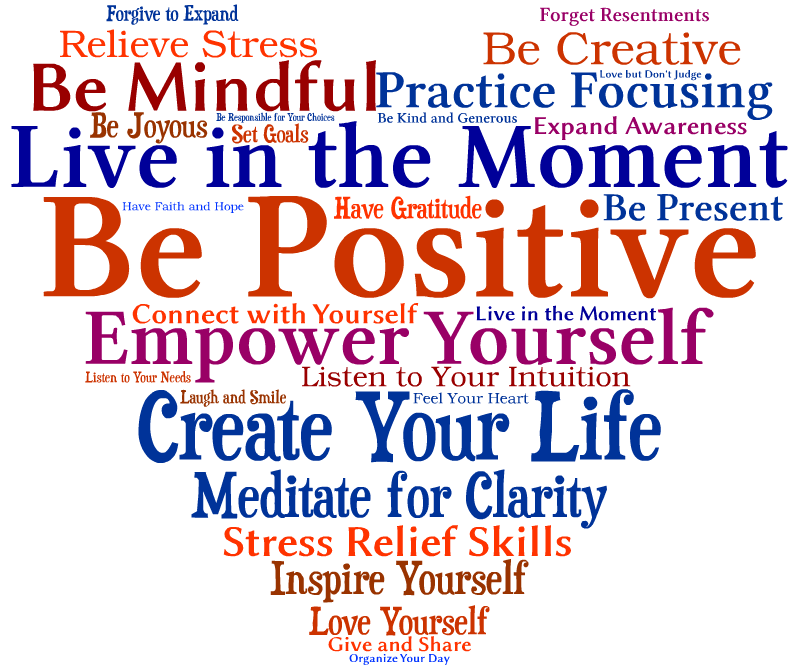
Samba
It is no coincidence that this energetic, incendiary, rhythmic dance is called the “fiery queen of carnivals”. Samba trains the respiratory and cardiovascular systems, improves reaction.
Dance is recommended for metabolic disorders and overweight.
belly dance
Based on movements natural to the female body. Smooth movements of the hips activate the blood supply to the pelvic organs, relieve tension from the back muscles (pain disappears), improve posture, and strengthen muscle tone.
Belly dancing is an excellent prevention of osteochondrosis, osteoporosis and diseases of the pelvic organs.
Tango
For example, tangotherapy is actively used in medical institutions in Argentina.
Dance helps in the treatment of depression, schizophrenia, headaches, Alzheimer's and Parkinson's. The need to memorize complex movements and the order in which they are performed exercises the brain well.
Therefore, Tango is an excellent means of preventing and suspending the aging process, as well as a means of developing the brain.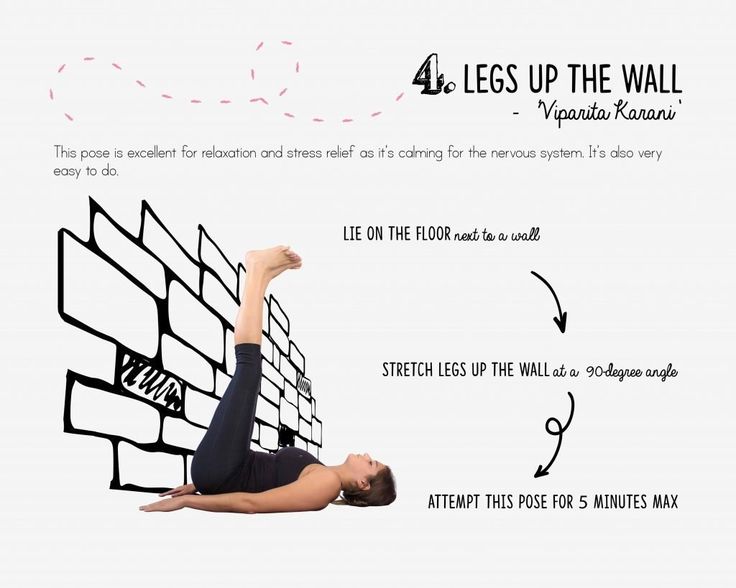
Flamenco
The main thing in the dance is to keep your back and arms. Flamenco well strengthens the back muscles, serves as a prevention of joint diseases.
Tilts, turns and twists strengthen the oblique muscles of the abdomen, the muscular corset, which ensures that the internal organs are maintained in the desired position.
Dance is usually indicated for cervical osteochondrosis and for the prevention of joint diseases.
That's probably all about the healing effect of dance, but remember the main thing - to suppress the need for dance is harmful to health - both soul and body rust.
I invite you to try the healing power of dance in action on my author's weekend program "Women's Club"
Here, through dance, you will be able to immerse yourself in the healing space, archetypal female images. You can afford to be a queen, a witch, a beauty - a multi-faceted beautiful woman. It doesn't matter if you can dance or not.